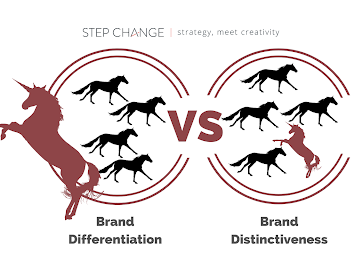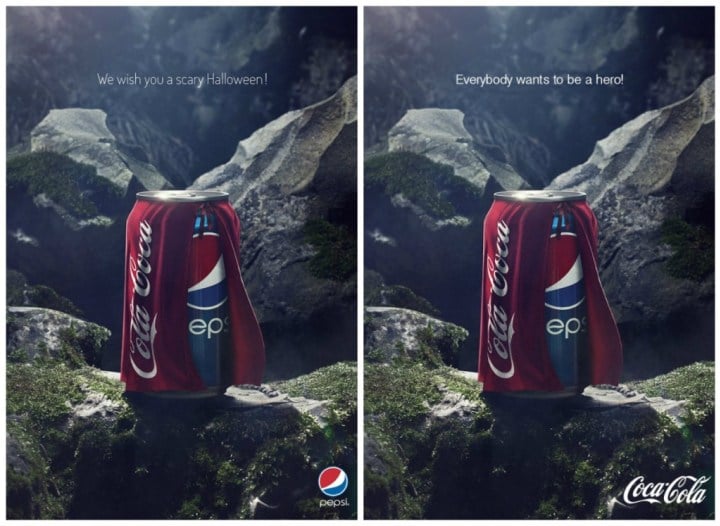Marketing’s job is leveraged sales. Boil it down, add spices, bake however you like; but if our clients stop selling then so do we.
So it’s surprising that so few advertising and marketing professionals embrace the link between marketing and sales.
Because if we can successfully leverage the magic of sales into the mass market then we’d have to have a much better chance of winning than just producing expensive 3D-rendered singing kittens, riding bikes, and playing the ads on TV and hoping — right?

So What Makes People Decide to Buy...Really?
The great industry legend (and my mentor) Dave Trott talks about two things needing to be present to make a buying decision:
- Desire (the emotional bit)
- Permission (the rational defence to yourself or others). And like most things Dave says it’s pretty much on the money.
So when we look a bit closer at communications generally it’s about making a shift in what people: Think, Feel, Do.

Recommended Reading: Why People Buy: Here's What You Need to Know about Buyer Psychology
If we imagine point A (as where they are now) and point B (as their desired position) then what we need to do is form a messaging ‘Change Chain’ that’s strong enough to affect the desired shift and pull them over.
It’s worth noting that the required strength is defined by:
- Entrenchment — how entrenched position A is (indicating the requisite weight of the chain)
- Distance — how far away point B is (indicating how long the chain needs to be).
The Change Chain
To construct a ‘Change Chain’ strong enough to effect a mind move we need 3 elements working together:
- The Driver — What’s in it for them? The higher order gain or the avoidance of pain (noting pain is actually twice as motivating — as proved by research)
- Point-of-Difference — vs competitors or other solutions, why would the benefit sought be nowhere near as sweet from any other source?
- Why now? — What’s the hidden and insidious costs or effect of inaction? Why can’t this decision be avoided? What barriers need to come down first?
Now as with any chain, you’re only as strong as your weakest link. And the combination of three strong links pulling together that makes it so compelling.
Conclusion
Now the rules of effective communication as outlined by Dave Trott (a genius worth quoting twice) is always:
- Impact — Get noticed.
- Communication — Be clear.
- Persuasion — Move somebody.
And that doesn't change. But if we’re serious about moving somebody, thinking in terms of The Change Chain is a neat way of making communication powerful. So let’s give up esoteric ‘brand building’ and let’s start selling products and services in a more appropriate (and effective) way.
Editor’s Note: This post was originally published on April 15, 2014 and has been updated for freshness.







![Top 10 Articles C-Suites Read in the Step Change Blog [2019 Edition]](https://blog.hellostepchange.com/hubfs/step-change-top-10-articles-2019.001.jpeg)







